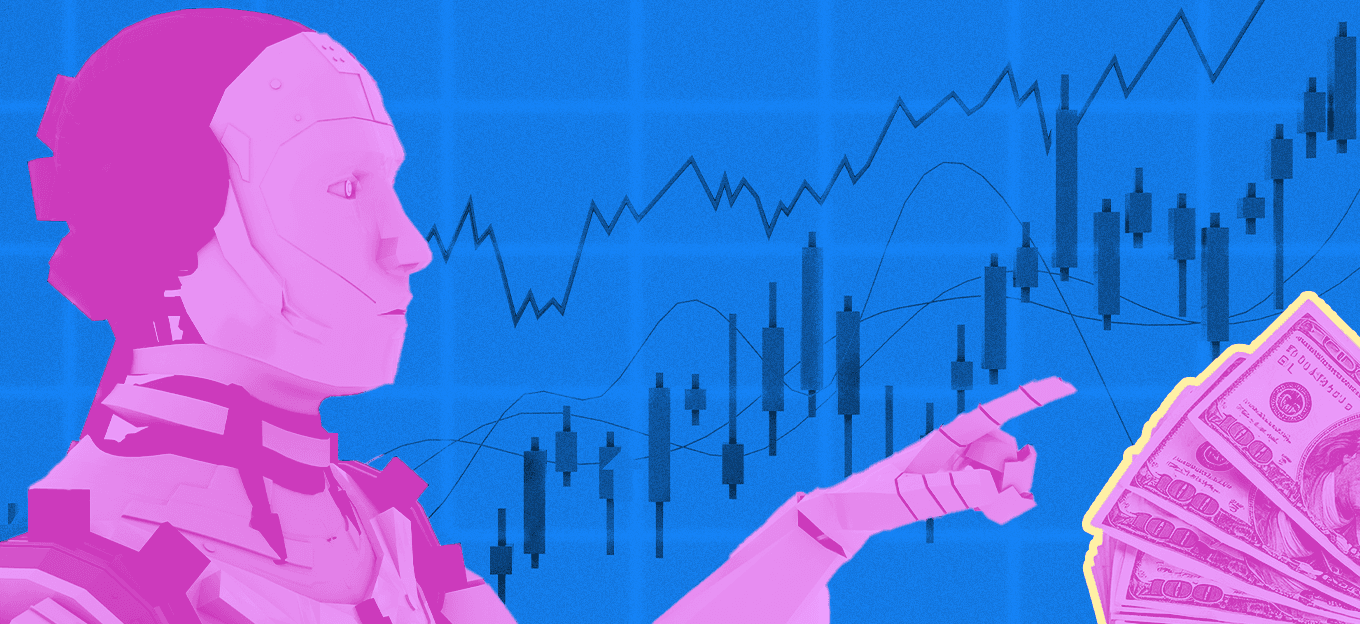How IoT Can Facilitate Better Financial Literacy for Consumers
How IoT Can Facilitate Better Financial Literacy for Consumers
- Last Updated: May 15, 2025
Devin Partida
- Last Updated: May 15, 2025



Although coverage of the Internet of Things often centers on industrial applications, they are also valuable for consumers who want to improve their financial literacy and achieve money-related goals. What advantages can you expect from these products?
Get Energy-Related Insights
Many people open their power bills and notice that the amounts are surprisingly high. However, IoT smart home products prevent that problem by giving households real-time insights into what they spend each month, whether specific devices are especially energy-intensive, and more.
Many utility companies also have special deals with smart home brands, allowing money-conscious consumers to save on purchase and installation costs. Some offer dedicated dashboards that advise on how to keep expenses low.
A 2023 study found that 36 percent of smart home device users considered remote-monitoring capabilities among their top two benefits. Another 16 percent said those products allow them to use less electricity, while 11 percent cited the money-saving perks.
All these benefits can translate into better financial literacy. Imagine if someone uses an app to see if they have unintentionally left lights on after departing for a weekend getaway. Turning them off remotely prevents the occupants from wasting money.
Plus, if someone sees it is cheaper to run energy-intensive products during certain times of the day, they will feel motivated to make long-term changes.
Track Well-Being
Cost-conscious people know unexpected health-related costs can quickly disrupt even the most carefully planned budgets. However, connected products can offer better visibility to prevent and manage illnesses, keeping their effects less expensive.
Unnecessary medical tests and treatments account for billions of dollars in annual costs, which is one of the reasons personalized medicine has become so appealing. You’d probably be much more likely to consent to a recommended procedure or medicine if it were almost certain to work.
Although many personalized health efforts involve genetic tests, you can also find valuable takeaways within the data captured by fitness trackers and other health wearables. Many measure your sleep length and quality, average stress levels, recovery time frames after exercise, and more.
Creating a baseline will take a while, but once you have one, it’ll be easier to spot changes you may want to mention to your doctor. Some health wearables also have handy export features that make it easy to show the data to them.
Researchers have also developed wearables to detect specific problems. In one example, they created a flexible patch that recognizes irregular heartbeats, coughing, and falls. It sends the data to a user’s smartphone, which functions as an edge computing device. The sooner people learn and act upon potentially worrisome health changes, the likelier they can manage the associated medical costs.
Receive Financial Insights
Although the point-of-service terminals businesses use are retail-centric IoT devices, they also contain helpful consumer insights. Many banks allow them to activate real-time card usage notifications. Besides serving as excellent fraud-protection measures, these alerts help people track how and where they spend.
The apps provided by banks and third-party institutions also frequently include free insights and break monthly spending trends into categories. If someone sees their dining expenses are several hundred dollars more than usual, that realization should encourage them to look deeper and learn the reason.
Monitoring your spending and regularly analyzing your budget are two often-mentioned best practices for meeting financial goals.
Keeping track allows you to stay flexible when unexpected events require unplanned spending. Fortunately, you don’t need notebooks, spreadsheets, or other largely manual methods to remain aware of where your money goes. The IoT increases your financial literacy through better visibility and richer insights.
Also, if you use digital wallets from brands such as Google and Apple, those providers have insights built into the apps, showing how your spending changes across chosen periods. You can use those details to set new goals and watch your progress.
Enhance Financial Stability
Whether you’re saving for a house, hoping to take a European vacation at the end of the year, or eager to get a newer car, all these things are easier to do when you’re financially stable. The IoT can bring you closer to that overarching and ongoing goal.
Some products give personalized financial advice, suggesting positive changes that will challenge you without causing overwhelm. Numerous apps can also automate your savings efforts by regularly putting money into a savings account. Since you don’t need to remember to do it and never see the money before it’s saved, these offerings can create good financial habits.
Developers have also created budgeting and spending-tracking apps that sync with IoT devices, such as the Apple Watch. Many people complain that they don’t know where their money goes every month. Although circumstances vary, products such as those can help them spend more responsibly by increasing their awareness and showing them it’s time to make targeted changes.
Improvements don’t happen overnight, but users may be more encouraged to adjust what’s within their control after realizing relatively small changes can make a difference. The insights could also trigger the adoption of other good habits for everyone in the household, such as if families decide to go on walks after dinner and track their progress in fitness wearables.
Achieve Financial Empowerment
Many consumers believe factors such as inflation and profit-driven subscription increases put their financial situations largely outside their control.
Although those exterior influences will always exist, IoT devices give them the transparency and information they need to manage the aspects they can still manage. Then, they will feel more financially empowered and learn the best ways to improve their outlooks.
The Most Comprehensive IoT Newsletter for Enterprises
Showcasing the highest-quality content, resources, news, and insights from the world of the Internet of Things. Subscribe to remain informed and up-to-date.
New Podcast Episode

What is Hybrid Connectivity for IoT?
Related Articles

